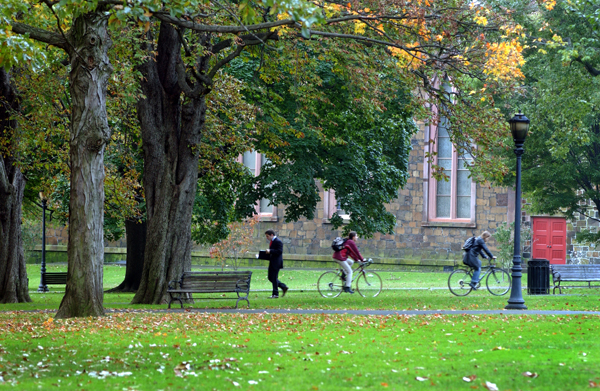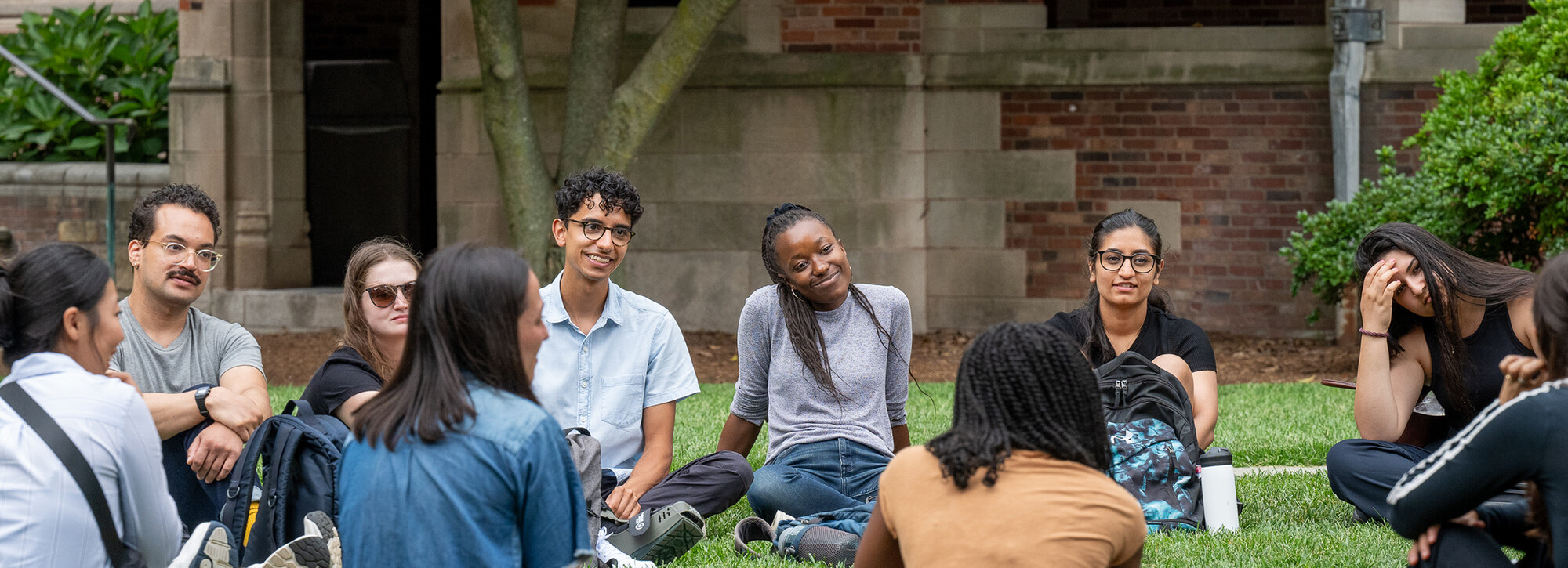Living in New Haven

Housing in New Haven is plentiful, affordable, and convenient. It’s not hard to find your own apartment with hardwood floors, high ceilings, and modern amenities in a great neighborhood. Most students choose to live in non University-affiliated housing. Many apartments are suitable for students with families, and some allow pets. Off campus living resources are available here.
Some students live in the affordable and well-kept University housing options. These housing options for graduate and professional students range from efficiencies to three-bedrooms.
The Law School offers one and two-bedroom units, in Baker Hall, housing 111 students.
The best time to begin your housing search is in the spring. Start with the Off-Campus Listing Service or take a look at one of the University-affiliated properties below.


